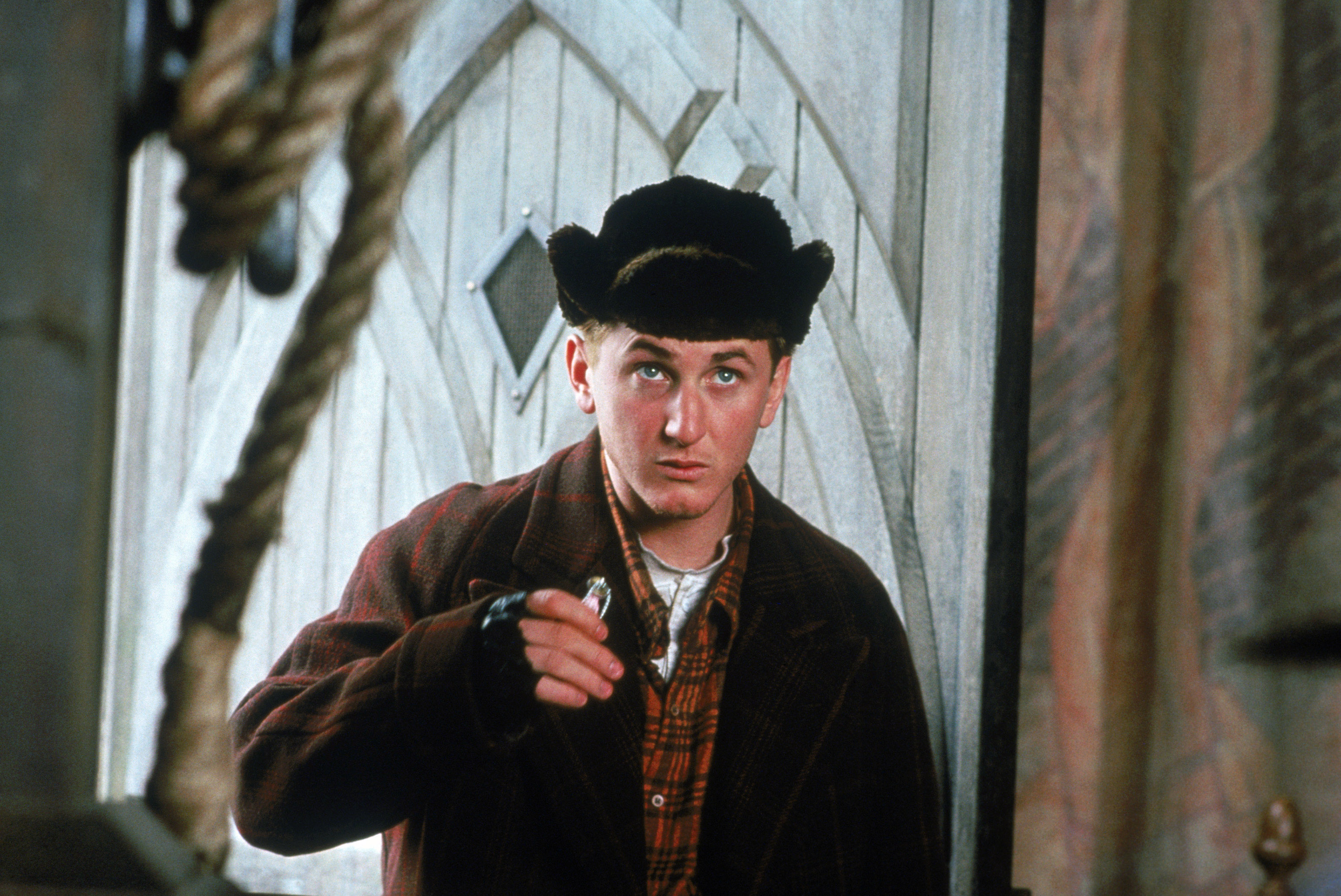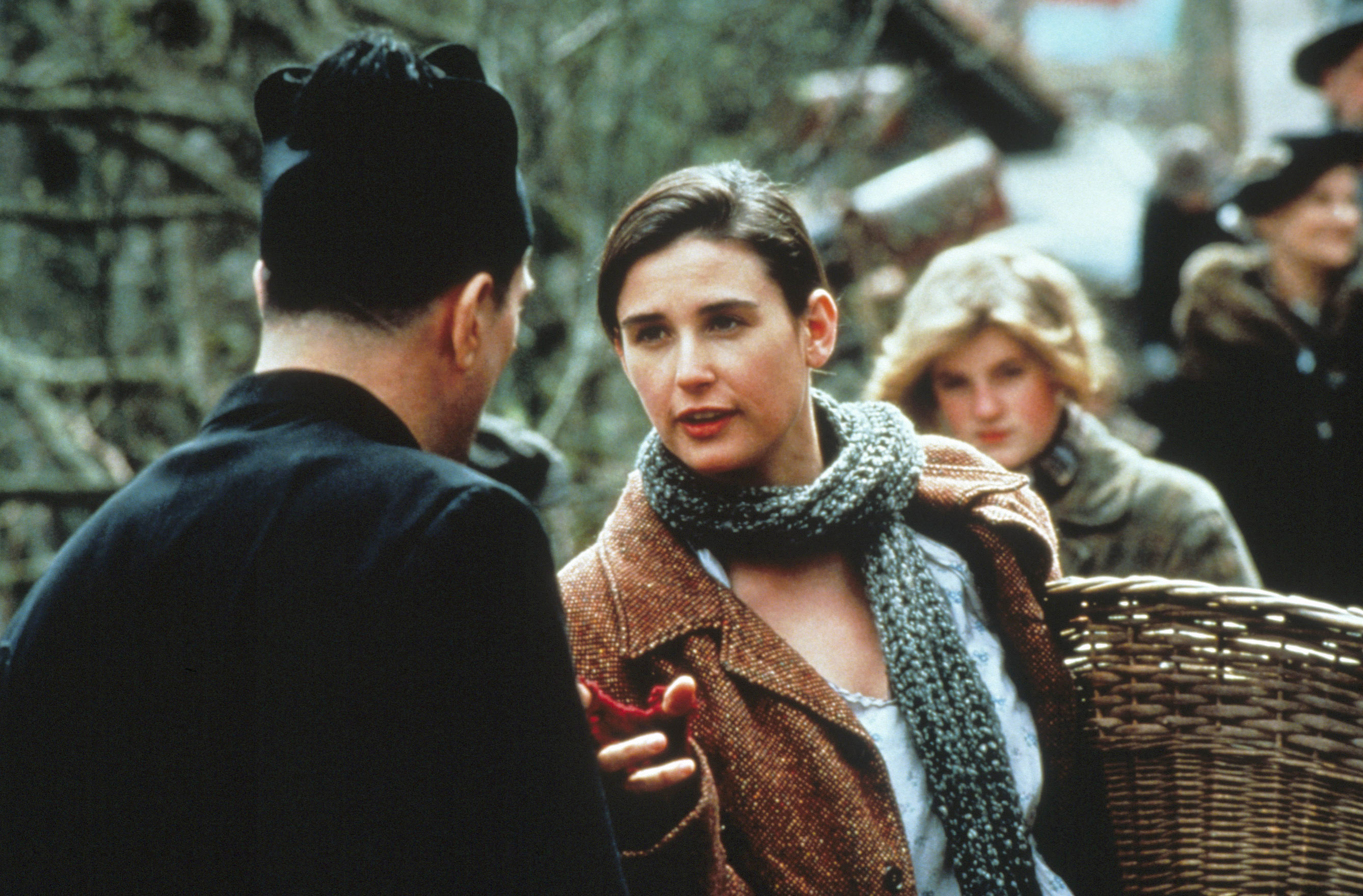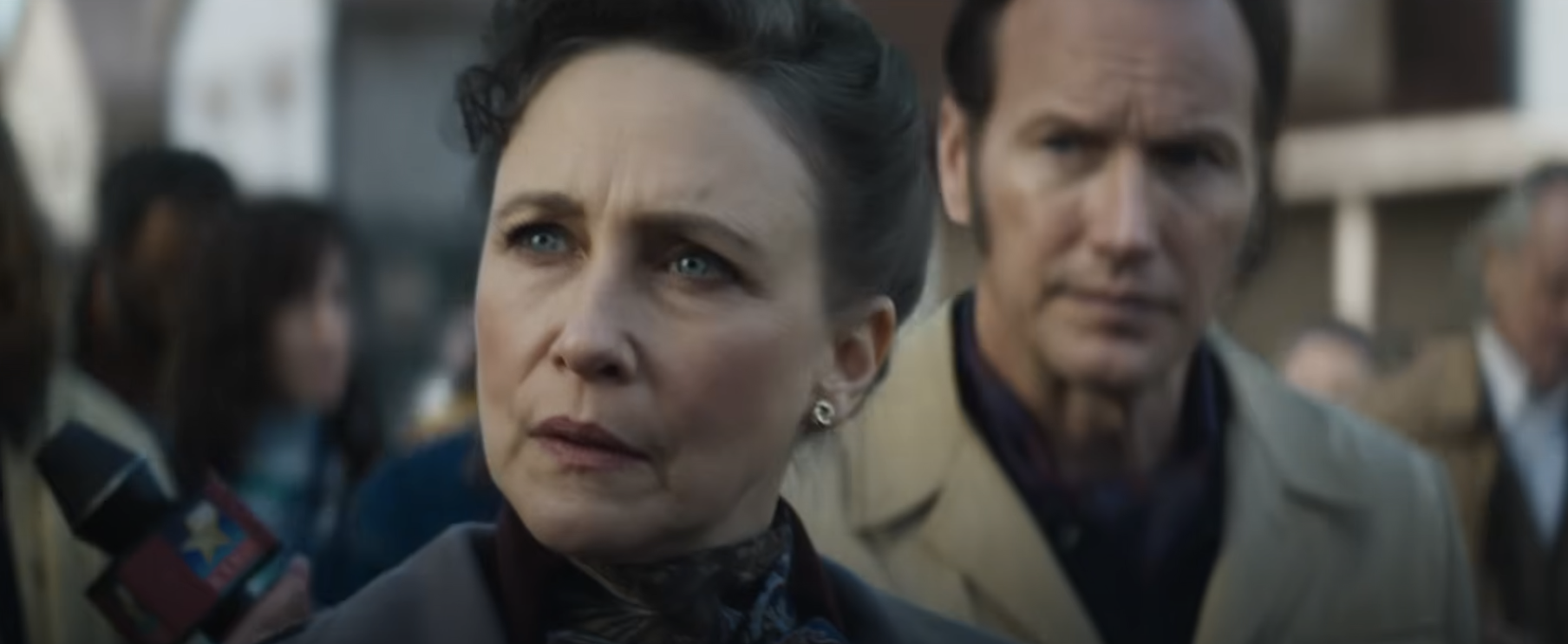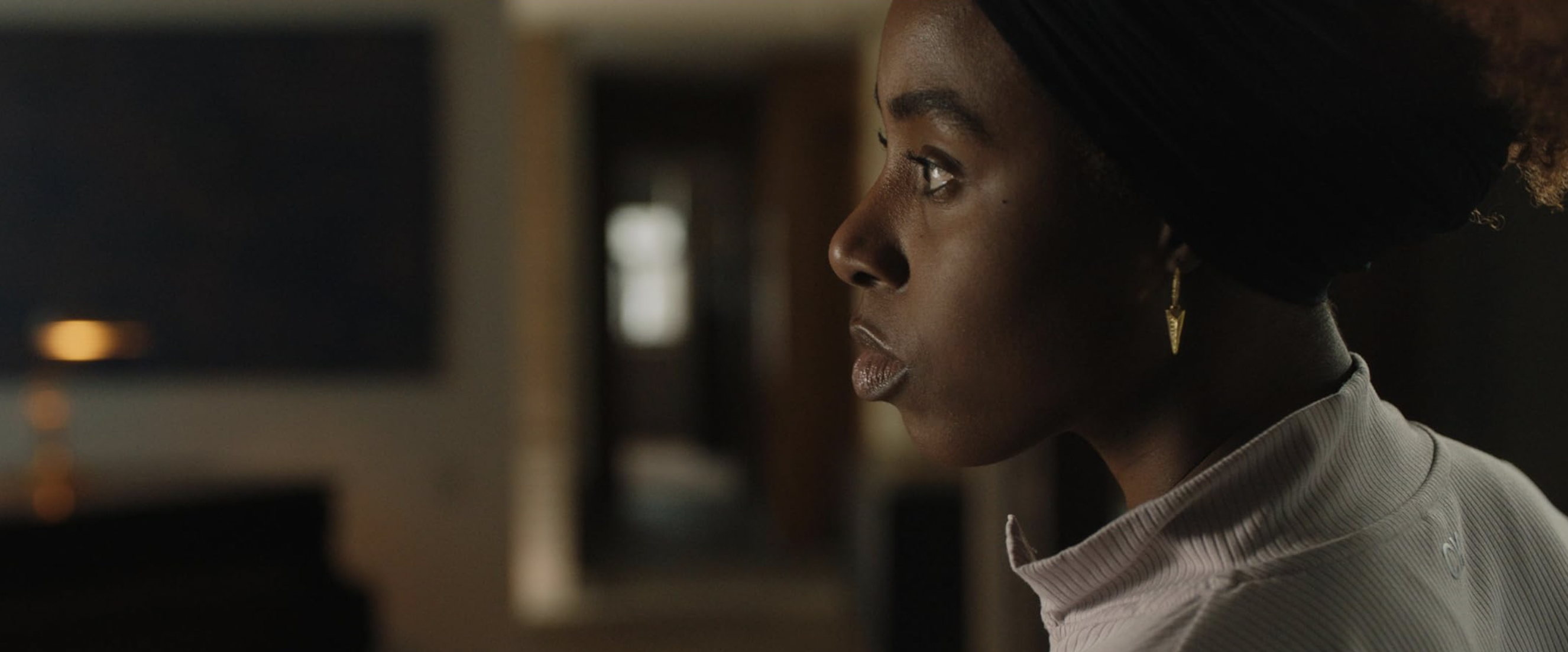Reader, you have been lied to! Film history is littered with unfairly maligned classics, whether critics were too eager to review the making of rather than the finished product, or they suffered from underwhelming ad campaigns or general disinterest. Let’s revise our takes on some of these films from wrongheaded to the correct opinion.
When Paramount released “We’re No Angels” as its 1989 Christmas movie (and final film of the decade), reviews were mixed and the box office weak. Hard as it may be to believe in the post-“Fockers” era, audiences just weren’t interested in seeing Robert De Niro in a broad comedy, even (especially?) one co-starring Sean Penn and written by David Mamet.
As years passed, the movie’s reputation never really improved, with even its makers acknowledging its flaws. In his 2023 Hollywood memoir, “Everywhere an Oink Oink,” Mamet blamed director Neil Jordan for ruining his script; in an interview with The Observer, Jordan seemed to agree, saying, “I should not be allowed to make comedies.”
Now, “We’re No Angels” is newly available in a beautifully assembled special edition Blu-ray package by boutique label Cinématographe. Watching the film removed from its time — and from the divorce proceedings of Penn and Madonna that vacuumed up whatever attention the media was prepared to allot the movie — its middling reputation is baffling. Elegantly structured, gorgeously mounted, and anchored by De Niro and Penn’s hilarious performances, “We’re No Angels” comes close to being a kind of classic.
The movie it remade, a 1955 comedy directed by ace craftsman Michael Curtiz (“Casablanca”), wasn’t exactly a classic despite the presence of Humphrey Bogart. Still, it had a premise Mamet could run with: Three prison escapees (quickly narrowed down to two in Mamet’s retelling as James Russo splits off from Penn and De Niro) find themselves in a quaint village where they pose as upstanding citizens and gradually get absorbed into the local community.
That premise is pretty much the beginning and end of the similarities between Curtiz’s film and Jordan and Mamet’s, which introduces the ingenious idea of De Niro and Penn having to pose as traveling priests to hide out from the law. A lot of the comedy in “We’re No Angels” derives from the disconnect between a pair of Mamet tough guys (though Penn is more of a hapless doofus) and a spiritual environment. Whether Mamet and Jordan would have gotten even more mileage out of this premise had Paramount not decided it had to be a PG-13 release late in the game, we’ll never know.

As funny as the movie is, Mamet doesn’t really push for the laughs, often veering away from the obvious comic possibilities in favor of a genuine consideration of spiritual questions. In its admittedly goofy way, “We’re No Angels” asks the same question as Kurt Vonnegut’s “Mother Night”: If you spend all your time pretending to be someone else, are you in fact that person?
For De Niro’s Ned, the answer is pretty clearly no (though he does end up saving a life with some seemingly divine help at the movie’s climax), but Penn’s Jim is, in his way, a seeker. Even before the prison break, he annoys Jim in their cell by pondering spiritual issues as Russo’s character is prepped for the electric chair. As the film progresses, he becomes more and more comfortable among the other priests — leading to some very funny exchanges between him and De Niro, who just wants to get out of town.
Despite his image as one of film and theater’s great cynics, Mamet treats the spectrum of religious beliefs in the movie — from John C. Reilly’s wide-eyed pious monk to sex worker Demi Moore’s well-earned atheism — with open-minded respect, honoring the contradictory viewpoints he weaves together in a construction nearly as meticulous as his far more lauded screenplay for “The Verdict.” This is a silly comedy that takes its characters seriously, which makes them all the funnier as the situations become absurd.

That said, the biggest laughs in the movie don’t come from Mamet’s screenplay. They come from De Niro and Penn’s more-is-more approach to physical comedy, in which both actors swing for the fences with mugging that critics widely derided upon the film’s initial release. Dismissing De Niro and Penn’s performances for being too hammy is like criticizing “The Red Shoes” for having too much color, or “John Wick” for being violent; the excess is the source of the pleasure.
Luckily for De Niro, the same audiences that weren’t in the mood for his comic mugging in 1989 ate it up 11 years later when he revived the approach for “Meet the Parents.” But one doesn’t even need to think “We’re No Angels” is funny to appreciate its other considerable virtues; Jordan may not have thought he was very good at comedy, but he was inarguably the right guy to play up the fable-like qualities of Mamet’s story.
Jordan beautifully calibrates the spiritual component of Mamet’s script, subtly heightening it to provide a sense of Christmas magic without ever making it too overt or explicit. The film’s beauty is unsurprising given collaborators like cinematographer Philippe Rousselot (“Dangerous Liaisons,” “Interview with the Vampire”), composer George Fenton (a Jordan favorite), and production designer Wolf Kroeger (“Casualties of War,” “Last of the Mohicans”).
Kroeger is particularly important, and the creator of the one inarguably great thing in “We’re No Angels”: its location, a border town between America and Canada that Kroeger built from scratch. Kroeger was an ace at builds like this — his set for the town in Robert Altman’s “Popeye” is another example of a vivid fictional community fully realized on location.
The town in “We’re No Angels” recalls another Altman film, “McCabe and Mrs. Miller,” in its detailed, lived-in quality, and it’s emblematic of the movie’s overall greatness. The filmmakers may have turned on their own creation after it flopped, but there’s no question that every single actor and department head on “We’re No Angels” treated it with utmost commitment during production.
There’s none of the slapdash filmmaking that so many comedies have, where the filmmakers think (not entirely inaccurately) that as long as they get the camera aimed in the general direction of something funny, the audience will be satisfied. From the elaborate prison break set piece that opens the film to its lyrical finale that expertly weaves the story’s strains of romance and cynicism together, “We’re No Angels” is a movie of supreme artistry and craftsmanship.
Cinématographe’s Blu-ray, with its beautifully assembled booklet (containing several thoughtful analyses of the film) and illuminating special features (including a candid new interview with Jordan), is itself a finely crafted artifact — and a great way to encounter a movie that always deserved far better than it got.
Cinématographe Blu-ray of “We’re No Angels” is now available at the label’s website.



